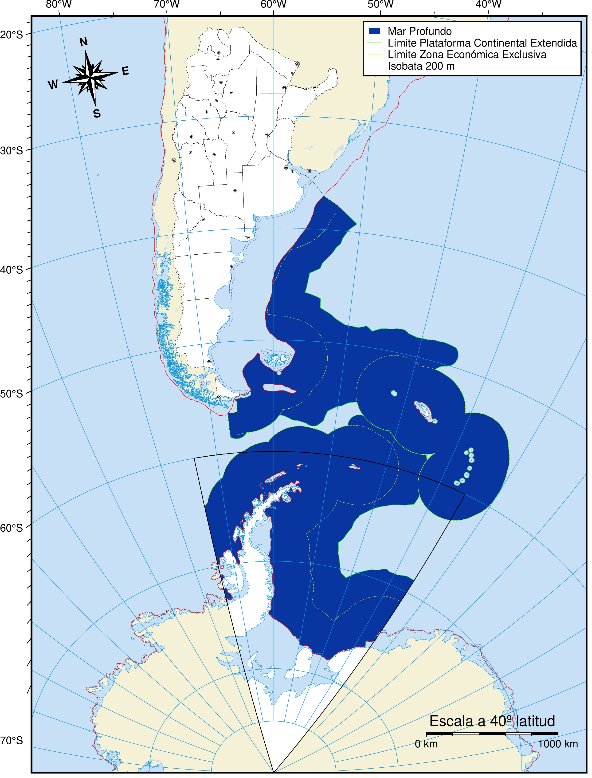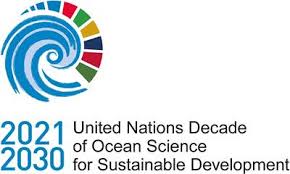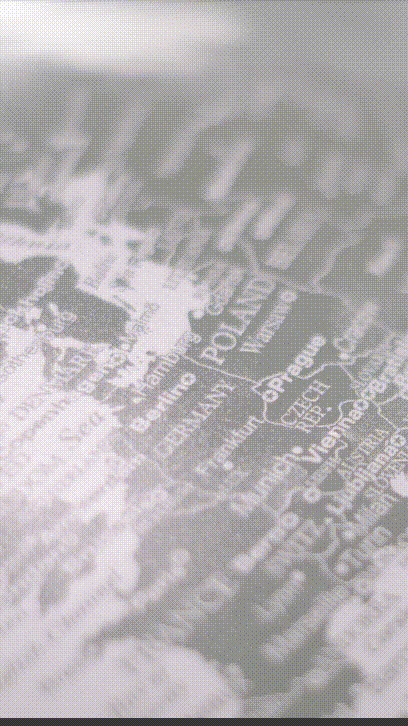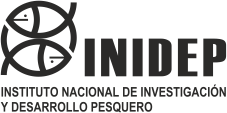The Argentine deep sea: a new strategic frontier for sustainable development
DOI:
https://doi.org/10.47193/mafis.3842025011006Keywords:
Biodiversity, Warming, Acidification, Scientific diplomacy, Ecosystem-based environmental managementAbstract
The deep-sea ecosystems and biodiversity of Argentina are sensitive to the effects of climate variation such as warming, oxygen loss, and ocean acidification. This vulnerability is due to specific characteristics such as the presence of long-lived species, which can live for over 4,000 years, with very slow growth and reproduction rates, which depend on habitats with complex configurations. As a result, many deep-sea ecosystems affected by disturbances have a low probability of recovery, and if recovery occurs, it may take hundreds or even thousands of years. This document synthesizes the results of a Specialist Workshop that reviewed the current state of scientific knowledge and discussed its application to the management of Argentina’s deep sea, from an ecosystem-based perspective that considers climate variability. Argentina’s deep sea, spans depths ranging from 200 to 6,000 m, covering more than 70% of the national maritime territory, with an approximate area of 4.6 million km2. In the Argentine seabed, geomorphological and oceanographic complexity indicates a high potential to support extensive benthic biodiversity. However, knowledge about its ecosystems and the environmental management policies for this vast Argentine territory have been limited and fragmented, particularly regarding the incorporation of climate-related variables. Designing effective policies to protect its biodiversity and the multiple benefits these ecosystems provide to society implies robust technical advice, for which it is essential to strengthen scientific knowledge on Argentina’s deep-sea ecosystems and their interaction with climate variability, as well as sustained coordination and collaboration among all relevant sectors.
Downloads
References
Bravo ME, Brandt MI, van der Grient JM, Dahlgren TG, Esquete P, Gollner S, Jones DO, Levin LA, McClain CR, Narayanaswamy BE, et al. 2023. Insights from the management of offshore energy resources: toward an ecosystem-services based management approach for deep-ocean industries. Front Mar Sci. (9): 994632. DOI: https://doi.org/10.3389/fmars.2022.994632
Bravo ME, Principi S, Levin LA, Ormazabal JP, Ferronato C, Palma F, Isola J, Tassone A. 2024. Discovery of deep-sea cold seeps from Argentina host singular trophic linkages and biodiversity. Deep-Sea Res I. 211 (2024): 104361. DOI: https://doi.org/10.1016/j.dsr.2024.104361
[CBD] Convención sobre la Diversidad Biológica. 2009. Scientific criteria for identifying ecologically or biologically significant marine areas (EBSAs) and guidance for designing representative networks of marine protected areas. Anexo I de la Decisión IX/20 de la Conferencia de las Partes. Montreal: CBD. https://www.cbd.int.
[CBD] Convención sobre la Diversidad Biológica. 2024. Ecologically or biologically significant marine areas (EBSAs) [consultado diciembre 2024]. Montreal: CBD. https://www.cbd.int/ebsa/.
[COPLA] Comisión Nacional del Límite Exterior de la Plataforma Continental. 2017. El margen continental argentino entre los 35° y 55° de latitud Sur en el contexto del Artículo 76 de la Convención de las Naciones Unidas sobre el Derecho del Mar. Buenos Aires: COPLA. 528 p.
Davis NN, Badger J, Hahmann AN, Hansen BO, Mortensen NG, Kelly M, Larsén XG, Olsen BJ, Floors R, Lizcano G, et al. 2023. The global wind atlas: a high-resolution dataset of climatologies and associated web-based application. Bull Am Meteorolog Soc. 104 (8): E1507-E1525. DOI: https://doi.org/10.1175/BAMS-D-21-0075.1
Delgado AL, Hernández‐Carrasco I, Combes V, Font‐Muñoz J, Pratolongo PD, Basterretxea G. 2023. Patterns and trends in chlorophyll‐a concentration and phytoplankton phenology in the biogeographical regions of southwestern Atlantic. J Geophys Res C Oceans. 128 (9): e2023JC019865. DOI: https://doi.org/10.1029/2023JC019865
Doney SC, Ruckelshaus M, Emmett Duffy J, Barry JP, Chan F, English CA, Galindo HM, Grabmeier JM, Hollowed AB, Knowlton N, et al. 2012. Climate change impacts on marine ecosystems. Annu Rev Mar Sci. 4 (1): 11-37. DOI: https://doi.org/10.1146/annurev-marine-041911-111611
[FAO] Food and Agriculture Organization of the United Nations. 2009. Management of deep-sea fisheries in the high seas. Rome: FAO.
[FAO] Food and Agriculture Organization of the United Nations. 2024. Vulnerable marine ecosystems (VMEs) database. [consultado octubre 2024]. Rome: FAO. https://www.fao.org/in-action/vulnerable-marine-ecosystems/vme-database/en/vme.html.
Franco BC, Defeo O, Piola O, Barreiro AR, Yang M, Ortega H, Gianelli LI, Castello JP, Vera C, Buratti C, et al. 2020. Climate change impacts on the atmospheric circulation, ocean, and fisheries in the southwest south Atlantic Ocean: a review. Clim Change. 162 (4): 2359-2377. DOI: https://doi.org/10.1007/s10584-020-02783-6
Gianelli I, Orlando L, Cardoso LG, Carranza A, Celentano E, Correa P, de la Rosa A, Doño F, Haimovici M, Horta S. 2023. Sensitivity of fishery resources to climate change in the warm-temperate Southwest Atlantic Ocean. Reg Environ Change. 23 (2): 49. DOI: https://doi.org/10.1007/s10113-023-02049-8
Johnson GC. 2022. Antarctic bottom water warming and circulation slowdown in the Argentine Basin from analyses of deep argo and historical shipboard temperature data. Geophys Res Lett. 49 (18): e2022GL100526. DOI: https://doi.org/10.1029/2022GL100526
Levin LA, Le Bris N. 2015. The deep ocean under climate change. Science. 350 (6262): 766-768. DOI: https://doi.org/10.1126/science.aad0126
Lothian S. 2023. The BBNJ agreement: through the prism of deep-sea vulnerable marine ecosystems. Ocean Develop Int Law. 54 (4) 58 469-499. DOI: https://doi.org/10.1080/00908320.2023.2296400
Martinetto P, Kahl C, Alemany D, Botto F. 2024. Patagonian shelf-break front: the ecosystem services hot-spot of the south west Atlantic Ocean. En: Acha EM, Iribarne OO, Piola A, editores. The Patagonian shelfbreak front: ecology, fisheries, wildlife conservation. Cham: Springer Nature. p. 211-227. DOI: https://doi.org/10.1007/978-3-031-71190-9_9

Downloads
Published
Issue
Section
License
Copyright (c) 2025 María Emilia Bravo, Lisa A. Levin, Viviana Alder, Graziella Bozzano, Alejandro D. Buren, Juan Cruz Carbajal, Paola Davila, Brenda L. Doti, Federico D. Esteban, Pedro Flombaum, Diego A. Giberto, Juliana Giménez, Micaela Giorgini, Valeria A. Guinder, Federico M. Ibarbalz, Lucía C. Kahl, María Eugenia Lattuca, Daniel Lauretta, Gustavo A. Lovrich, Mariano I. Martínez, Adriana Menoret, Guido Pastorino, Martha P. Rincón-Díaz, Laura A. Ruiz-Etcheverry, Sebastián E. Sabatini, Ricardo Sahade, Ornella Silvestri, Marcos Tatián, Valeria Teso, Diego G. Urteaga, Eleonora Verón, Sandra M. Vivequin, Chih Lin Wei

This work is licensed under a Creative Commons Attribution-NonCommercial-ShareAlike 4.0 International License.
Authors of articles published in Marine and Fishery Sciences retain copyright on their articles, except for any third-party images and other materials added by Marine and Fishery Sciences, which are subject to copyright of their respective owners. Authors are therefore free to disseminate and re-publish their articles, subject to any requirements of third-party copyright owners and subject to the original publication being fully cited. Visitors may also download and forward articles subject to the citation requirements. The ability to copy, download, forward or otherwise distribute any materials is always subject to any copyright notices displayed. Copyright notices must be displayed prominently and may not be obliterated, deleted or hidden, totally or partially.
This journal offers authors an Open Access policy. Users are allowed to read, download, copy, distribute, print, search, or link to the full texts of the articles, or use them for any other legal purpose within the Creative Commons 4.0 license (BY-NC-SA), without asking prior permission from the publisher or the author. This is in accordance with the BOAI definition of Open Access.




























